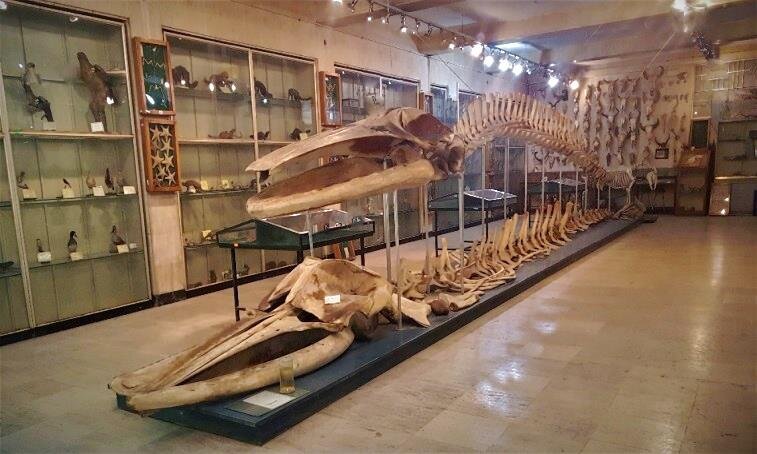Free admission to biodiversity museums on World Wildlife Day

TEHRAN – The museums of the natural history and biodiversity will make admission to their permanent collections free on March 3, which marks World Wildlife Day, IRIB reported.
Visiting the museums of natural history and biodiversity all over the country is free, due to its unique role and importance in introducing and displaying valuable species, in addition to making people aware of the value of biodiversity conservation and ecosystems.
In the museums of natural history and biodiversity, more than 35,000 animal specimens are kept in the scientific reservoirs section. Also, there are about 50,000 plant specimens from 2,500 plant species from all over the country.
In the geology section, 20,000 samples of rocks, minerals, vertebrates, invertebrates, and plant fossils are displayed, and the biobank is another part of the museums, where more than 3,000 biological samples are kept.
World Wildlife Day
On December 20, 2013, at its 68th session, the United Nations General Assembly (UNGA) proclaimed March 3 – the day of signature of the Convention on International Trade in Endangered Species of Wild Fauna and Flora (CITES) in 1973 – as UN World Wildlife Day to celebrate and raise awareness of the world’s wild animals and plants.
In the museums of natural history and biodiversity, more than 35,000 animal specimens are displayed. World Wildlife Day has now become the most important global annual event dedicated to wildlife, which will be celebrated in 2021 under the theme "Forests and Livelihoods: Sustaining People and Planet", as a way to highlight the central role of forests, forest species, and ecosystems services in sustaining the livelihoods of hundreds of millions of people globally, and particularly of Indigenous and local communities with historic ties to forested and forest-adjacent areas.
The forests of the Persian Gulf-Omani ecological region include part of the southwest and all southern coasts, covering 2,039,963 hectares. Due to ecological differences, the main vegetation is divided into two territories of the Persian Gulf and the Sea of Oman.
Human activities degrade ecosystems
Iran has a high diversity of species due to geographical conditions, climatic diversity, huge water resources of the Caspian Sea in the north and the Persian Gulf, and the Sea of Oman in the south.
According to the latest studies, about 1,300 species of vertebrates, including mammals, birds, reptiles, amphibians, and aquatic fish, about 30,000 species of invertebrates, and 8,000 species of plants have been identified in the country.
Unfortunately, over the past two decades, human activities have led to alarming degradation of ecosystems, deletion of genes, species, and biological capabilities; Human threats to biodiversity have accelerated the most over the past 50 years over the entire history of human life.
Out of 1,300 species of animals in the country, 130 of which are endangered and threatened, Hassan Akbari, deputy head of natural environment and biodiversity of the Department of Environment, said in December 2021.
FB/MG
Leave a Comment